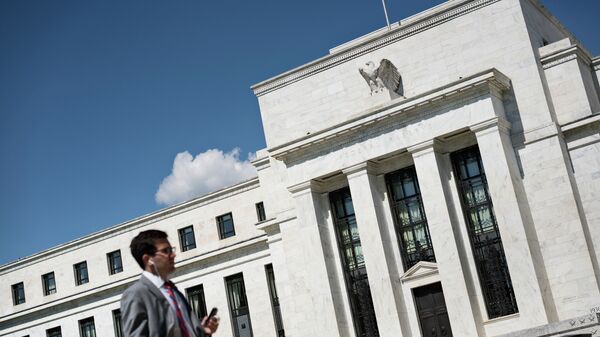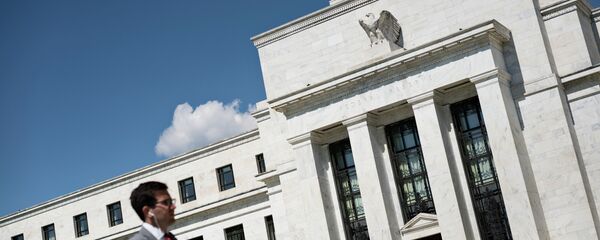US inflation has been advancing for four straight months up to November, and the labor market continued its consolidation beyond the “full employment” threshold.
Therefore, it is unlikely that the Fed decision will trigger market turbulence, such as last year’s slump in junk bonds (the Third Avenue Crash) and “bloodbath of red” on Wall Street, that both entailed the previous increase in Fed interest rates.
The normalisation of macroeconomic outlooks will most likely allow the Federal Reserve to undertake its three interest rate hikes planned for the next year. For 2016, the regulator had planned four increases in borrowing costs, but these plans fell through due to the poor performance of the economy this outgoing year.
“Inflation’s been firming for a little while,” Gennadiy Goldberg of New York-based TD Securities LLC said. “Given what the Fed was saying yesterday about slack being diminished, this basically works in their favour.”
US employers have been increasingly reluctant to cut personnel recently because of the acceleration in business activity and economic growth in the third quarter, resulting in a nascent shortage of workforce in certain hottest sectors of the economy.
The Fed commented on labour market conditions saying that the “stance of monetary policy remains accommodative, thereby supporting some further strengthening in labour market conditions.”
In a yet another separate report released Thursday, the Labor Department said that average hourly wages, inflation-adjusted, declined by 0.4pc month-on-month in November in their biggest slump since February 2013. The measure is still 0.8pc up year-on-year.
Currently, even though the unemployment is low and growth is picking up, the US economy is facing a triple challenge of a lack of highly-qualified workforce, shortage of business equipment, and poor infrastructure.
While the massive influx of immigrant workforce is mostly low-skilled and limited to certain activities, it is still part of the reason for the ongoing wage stagnation. The issues of business equipment and infrastructure could be addressed with a fiscal stimulus, therefore, the dysfunctional job market will be the main obstacle on the way to achieving a sustainable growth pf 4-5pc per year, as promised by the President-elect Donald Trump.





